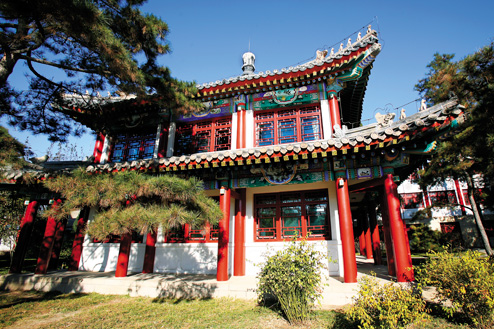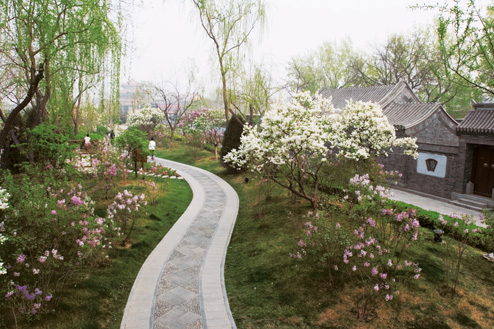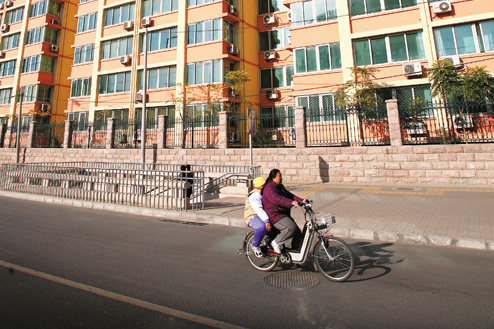Driving In Beijing
If you are absolutely determined to suffer the slings and arrows of car ownership, there are a number of things to be aware of. While traffic is often bearable outside the Fourth Ring Road, Changan Jie and the Second and Third Ring Roads are almost always busy and can become carparks during morning and evening rush hours. Although there are rumours of a group called the er huan shi yi (Second Ring Eleven) who have purportedly circumnavigated the Second Ring Road in only 11 minutes, one would be very fortunate to make it around the loop once in two hours during peak traffic hours. Also, be aware that building complexes are not required to examine how their presence will affect traffic flow. Roads around developments (especially in the southern CBD) are often jammed. The worst slowdowns are often caused by accidents and breakdowns. Drivers more proficient in Chinese should make use of the traffic reports on the radio to avoid the worst of these.
Although the city’s layout doesn’t make for smooth traffic flow, it is relatively easy for drivers to orientate themselves. Most roads are laid out straight on either a north-south or east-west axis. The exceptions to this rule are in the Yizhuang and Wangjing neighbourhoods where roads tend to fall in less geometric patterns. Signage in the city is usually clear, even if you are not a good Chinese speaker.
Drivers should be aware of a number of potential dangers on the road, most notably the suicidal road-crossing of pedestrians and cyclists. Traffic lights and crossings appear to have only the slightest influence on when and where people cross the street. While drivers in other countries will speed up when approaching a yellow light, doing so in Beijing is very dangerous due to the number of pedestrians who file into the road at the first possible moment. It is also typical for Beijing motorists to make left turns in the face of oncoming traffic with the expectation that cars will slow down or drive around them.
Due to the unpredictability of traffic, the time it takes to go from one part of the city to another varies a great deal. At certain times, a car can make it from the CBD to Tsinghua University in Wudaokou in less than 40 minutes. At other times, it would take longer than that to drive the distance between two subway stops on Changan Jie. Getting to meetings and engagements on time requires some degree of foresight and, on occasion, psychic ability. Fortunately, traffic jams in the city are endemic to the point that Beijingers tend to be more flexible with issues of punctuality than people in other parts of the world.
Although the city’s layout doesn’t make for smooth traffic flow, it is relatively easy for drivers to orientate themselves. Most roads are laid out straight on either a north-south or east-west axis. The exceptions to this rule are in the Yizhuang and Wangjing neighbourhoods where roads tend to fall in less geometric patterns. Signage in the city is usually clear, even if you are not a good Chinese speaker.
Drivers should be aware of a number of potential dangers on the road, most notably the suicidal road-crossing of pedestrians and cyclists. Traffic lights and crossings appear to have only the slightest influence on when and where people cross the street. While drivers in other countries will speed up when approaching a yellow light, doing so in Beijing is very dangerous due to the number of pedestrians who file into the road at the first possible moment. It is also typical for Beijing motorists to make left turns in the face of oncoming traffic with the expectation that cars will slow down or drive around them.
Due to the unpredictability of traffic, the time it takes to go from one part of the city to another varies a great deal. At certain times, a car can make it from the CBD to Tsinghua University in Wudaokou in less than 40 minutes. At other times, it would take longer than that to drive the distance between two subway stops on Changan Jie. Getting to meetings and engagements on time requires some degree of foresight and, on occasion, psychic ability. Fortunately, traffic jams in the city are endemic to the point that Beijingers tend to be more flexible with issues of punctuality than people in other parts of the world.













